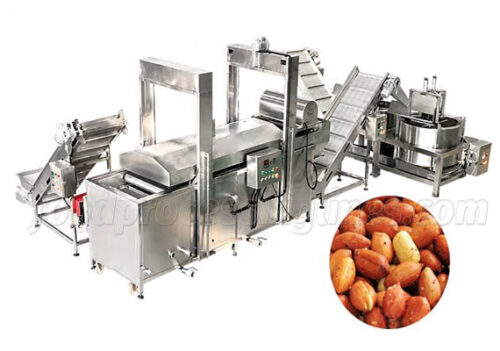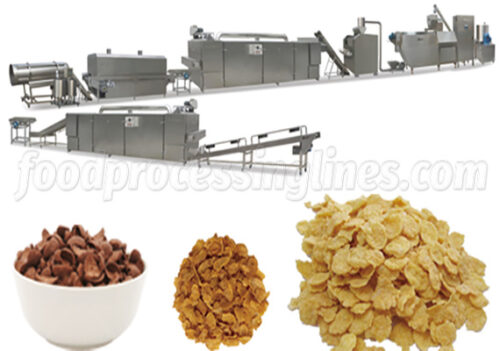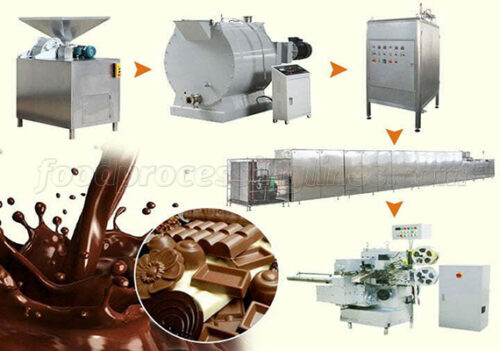Pasteurized Milk Production Line
Milk is a liquid squeezed from the udder of a cow. It contains calcium, phosphorus, sodium, magnesium, vitamins and other substances needed by humans. But if you don’t pasteurize milk, it contains a lot of germs that are harmful to your health. So pasteurization is essential. After pasteurization, the protein and most of the vitamins in the raw milk are basically intact, but it does not kill all microorganims 100%. For this, if you are interested in this pasteurized milk production line, welcome to contact us.
How to make pasteurized milk?
If you want to produce pasteurized milk, we can provide you with a suitable pasteurized milk production line. So there are six steps for pasteurized milk production.
Milk collection and storage
If you want to store and cool for milk collection, refrigerated milk storage tank is the best choice for you. Because it can cool and store milk so as to preserve them from bacterial reproduction and improve milk collection efficiency. What’s more, it adopts active screen in order to stop impurity in the milk and cool milk to 4℃.
Why do you need to filter milk?
In order to make the milk taste more delicate, filtration is necessary. For this, you can choose joint filter for milk filtration. The joint filter adopts stainless steel filter element and cellular degreased fiber cotton. And it can filter out particles whose diameter is larger than 1μm.
What equipment can pre-heating milk?
This step is prepare for the following production. So plate heat exchanger is the ideal equipment for heat transmission between liquid and liquid or liquid and vapor. It is composed of a series of piled up corrugated sheet of metal. And these metal sheets forms thin rectangular channels that heat up the milk flowing through it.
How to carry out milk homogenization?
Homogenization is carried out after preheating, when the milk temperature reach up to 60~65℃. The homogenization has 2 steps: the first step adopt high pressure (16.7~20.6MPa) to crush the fat globules. And the second step adopts low pressure (3.4-4.9MPa) to disperse the crushed small fat balls to prevent blocking. So we can provide you with a professional machine.
How to pasteurize milk?
This step is an important procedure for milk processing. You can use plate pasteurizer to dispose of milk. It adopts UHT technology which can heat up the milk to 135℃-140℃ for 3-5s. And It can eliminate bacteria within very short time and preserve most of the nutrition. So you can apply it to milk, juice, tea and other fluid without high fiber or high viscosity.
Pasteurized milk filling system
The pasteurizing milk is filled into bottles, pouches or gable top cartons. And the filling temperature is room temperature filling or cold filling to keep the nutrient of the milk. So the shelf life of the end pasteurized milk is 7-14 days according to the packaging container and pasteurizing temperature. After filling, the pasteurized milk needs to transport and store in chilled environments(4℃) to obtain the stable quality of the end products.






